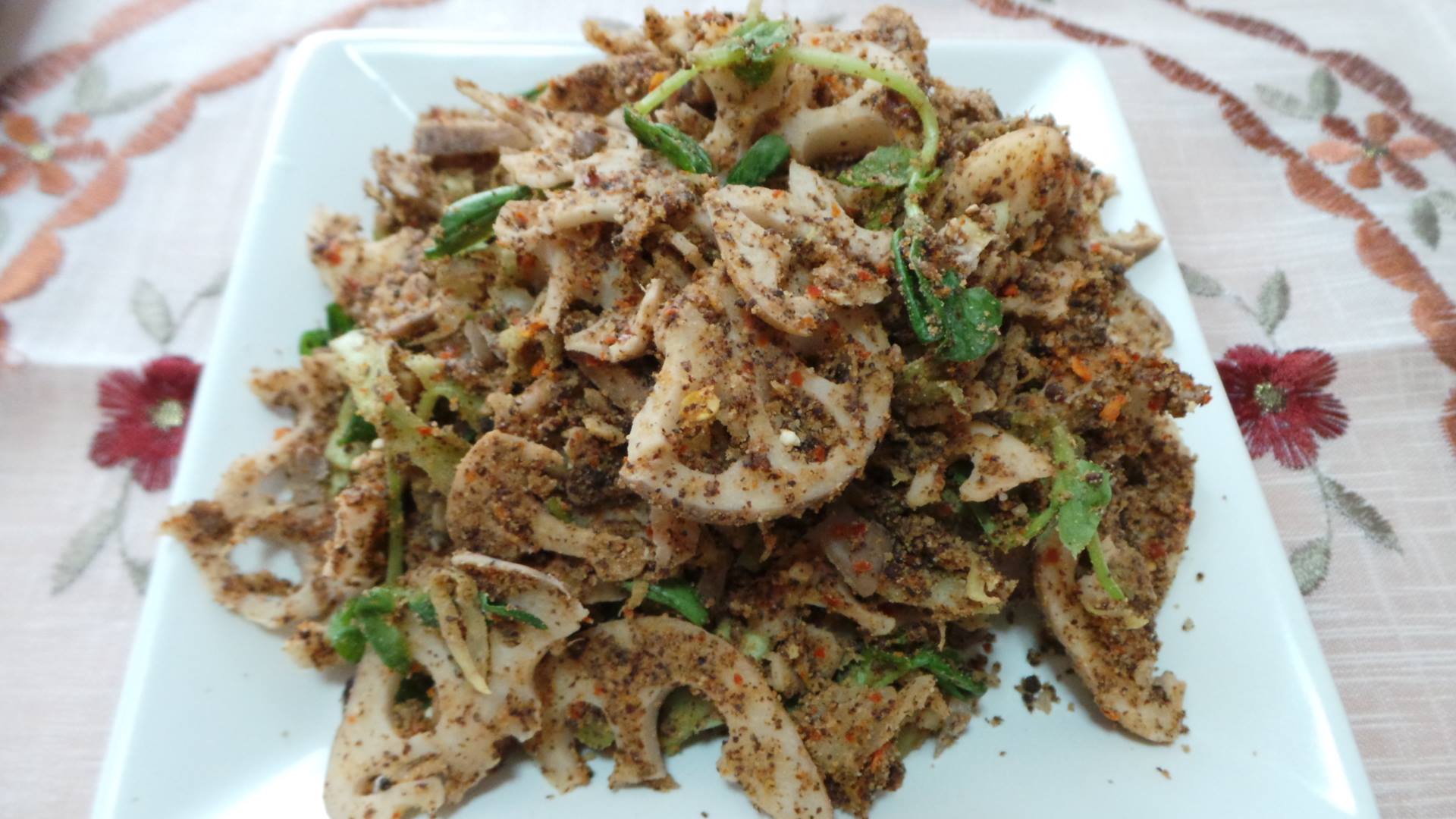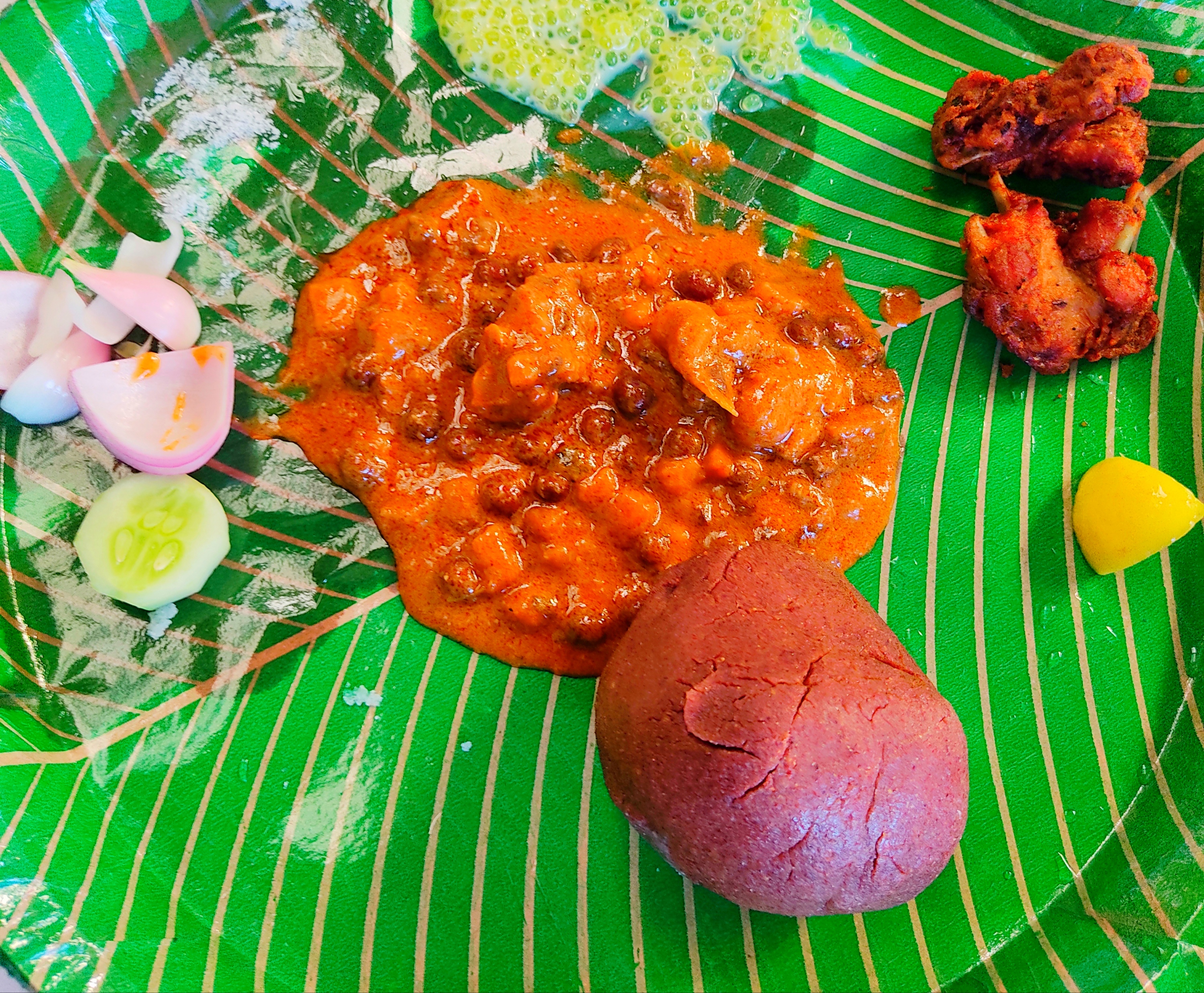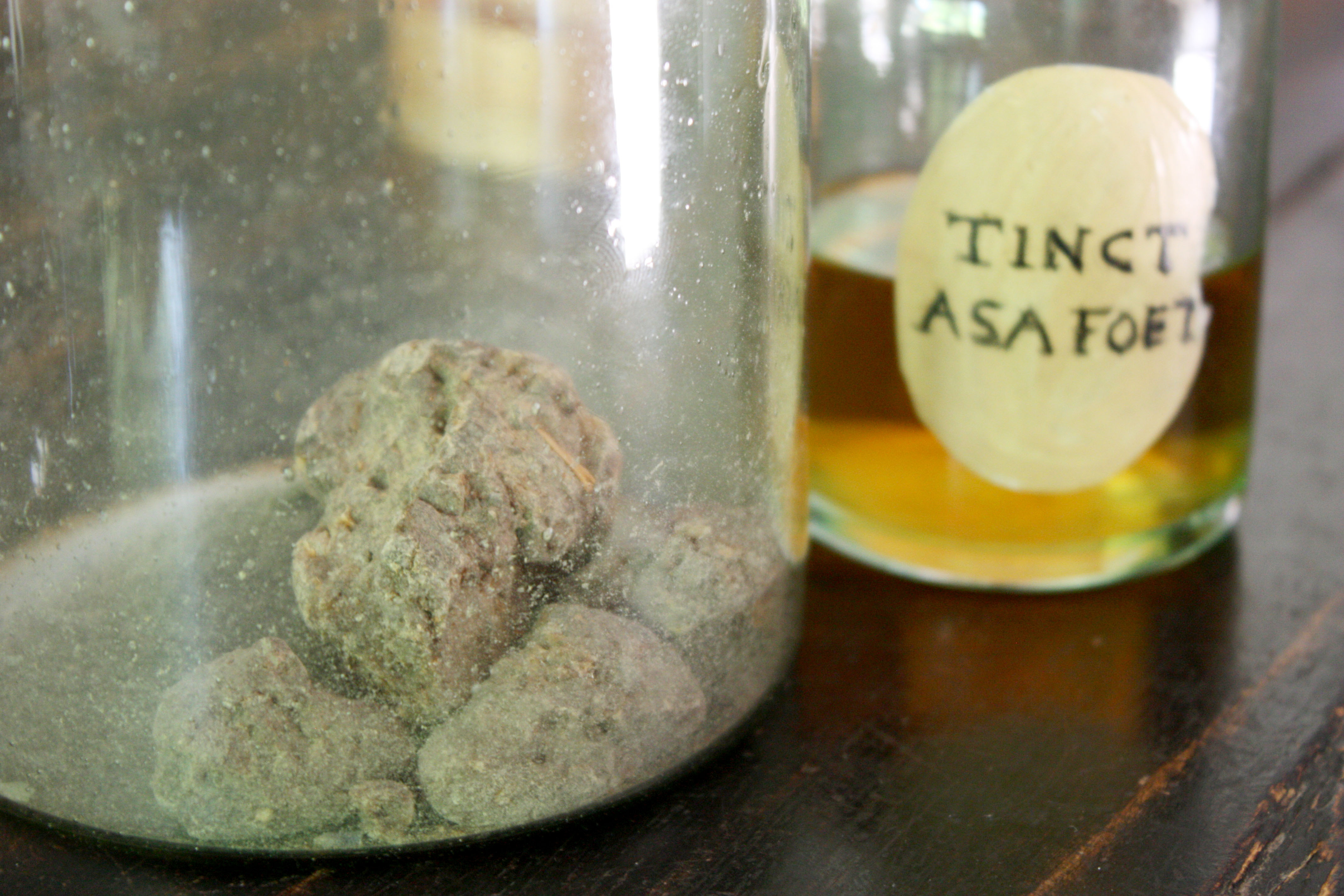|
Kosambari
Kosambari, Kosumalli or Koshambari is a typical South Indian salad made from pulses (split legumes), cucumber and seasoned with mustard seeds. The pulses generally used are split mung beans (''hesaru bele'' in Kannada). These salads are sometimes eaten as snacks, but usually as a part of full course meal. Its regional variation in northern India is known as kachumber while in northeastern India, it is known as singju. Ingredients Traditionally, kosambari is made of cucumber, mung bean, and coriander. Optionally, ash gourd, green mango, and carrots are also used in some recipes. Kosambari is tempered with sesame oil, mustard seeds, curry leaves, lemon juice, salt and asafoetida for seasoning. Kosambari is also made from split chickpea. In Tamil Nadu, Kosumalli is made with Cucumber, Carrot or Banana Stem. Tradition Kosambari is distributed during festivals and on special occasions. It is distributed to masses during Ganesha Chaturthi and Sri Rama Navami. During Varamahalakshmi ... [...More Info...] [...Related Items...] OR: [Wikipedia] [Google] [Baidu] |
Kachumber
Kachumber, or cachumber, is a salad dish in Indian cuisine and Pakistani cuisine consisting of fresh chopped tomatoes, cucumbers, onions, unripe mangoes, lemon juice, and sometimes, chili peppers. Its regional variations in south and northeast India are known as Kosambari and Singju respectively. Sometimes, raita, a similar dish made with curd, is also called kachumber. See also * Kosambari, a South Indian salad made with pulses * Raita, an Indian side dish made with yogurt * Singju, a Northeastern Indian salad Similar foods * Afghan salad, a salad from Afghanistan * Arab salad, a salad from the Arab world * Çoban salatası, a salad from Turkey * Greek salad, a salad from Greece * Israeli salad, a salad from Israel * Kachumbari, a salad from East Africa * Pico de gallo ''Pico de gallo'' (; ), also called ''salsa fresca'' ('fresh sauce'), ''salsa bandera'' ('flag sauce'), and ''salsa cruda'' ('raw sauce'), is a type of salsa commonly used in Mexican cuisine. ... [...More Info...] [...Related Items...] OR: [Wikipedia] [Google] [Baidu] |
Singju
''Singju'' (; ''pronounced sing-zoo'') is a dish from Manipur. It originated with the Meitei people, Meitei-culture but has been widely adopted by most of the ethnic communities of the state and in some neighbouring states of Northeast India. Often served as a spicy side dish, it is also popular as an afternoon or evening snack. Given that its main ingredient is seasonal vegetables, Singju has many variations. However, there are two main types: Ngari_(fish), Ngari (a kind of fermented fish)-based and Thoiding-Besan-based. Ngari_(fish), Ngari is a kind of fermented fish, the flavour of which forms the backbone of Manipuri cuisine. Roasted Ngari_(fish), Ngari-based Singju is more popular in all homes; however, it is not usually sold by local Singju vendors due to the high cost of Ngari_(fish), Ngari. The Thoiding-Besan version (with roasted perilla seeds and chickpea flour) therefore is more widely available from Singju vendors. Thoiding (Meitei language, Meitei: ꯊꯣꯢꯗ� ... [...More Info...] [...Related Items...] OR: [Wikipedia] [Google] [Baidu] |
List Of Salads
Salad is any of a wide variety of dishes including green salads; vegetable salads; long beans; salads of pasta, legumes, or grains; mixed salads incorporating meat, poultry, or seafood; and fruit salads. They often include vegetables and fruits. Varieties of salad Unsorted * Baba ghanoush * Bionico * Blunkett salad * Buljol * Candle salad * Carrot salad * Dessert salad * Esgarrat * Esqueixada * Frogeye salad * Goma-ae * Hummus salad * Kısır * Koi * Kuluban * Kung chae nampla * Malfouf salad * Masmouta salad * Matbukha * Mechouia salad * Mizeria * Nam khao * Nam tok * Nan gyi thohk * Nộm * Nopalito * Olive salad * Pantesca salad * Papaya salad * Rubiyan salad * Sabzi khordan * Salade cauchoise * Salată de boeuf * Salmagundi * Seafoam salad * Shalgam * Shʿifurah * Sicilian orange salad * Snow white salad * Sōmen salad * Spinach salad * Strawberry Delight – a dessert salad * Sweet potato salad * Taktouka * Ulam * Urnebes * ... [...More Info...] [...Related Items...] OR: [Wikipedia] [Google] [Baidu] |
Coriander
Coriander (), whose leaves are known as cilantro () in the U.S. and parts of Canada, and dhania in parts of South Asia and Africa, is an annual plant, annual herb (''Coriandrum sativum'') in the family Apiaceae. Most people perceive the leaves as having a fresh, slightly citrus taste. Due to variations in the gene OR6A2, some people perceive it to have a soap-like taste, or even a pungent or rotten taste. It is native to the Mediterranean Basin. All parts of the plant are edible, but the fresh leaves and the dried seeds are the parts most traditionally used in cooking. It is used in certain cuisines, like Mexican cuisine, Mexican, Indian cuisine, Indian and Southeast Asian cuisine, Southeast Asian. Description It is a soft plant growing to tall. The leaves are variable in shape, broadly lobed at the base of the plant, and slender and feathery higher on the flowering stems. The flowers are borne in small umbels, white or very pale pink, asymmetrical, with the petals ... [...More Info...] [...Related Items...] OR: [Wikipedia] [Google] [Baidu] |
Indian Legume Dishes
Indian or Indians may refer to: Associated with India * of or related to India ** Indian people ** Indian diaspora ** Languages of India ** Indian English, a dialect of the English language ** Indian cuisine Associated with indigenous peoples of the Americas * Indigenous peoples of the Americas ** First Nations in Canada ** Native Americans in the United States ** Indigenous peoples of the Caribbean ** Indigenous languages of the Americas Places * Indian, West Virginia, U.S. * The Indians, an archipelago of islets in the British Virgin Islands Arts and entertainment Film * ''Indian'' (film series), a Tamil-language film series ** ''Indian'' (1996 film) * ''Indian'' (2001 film), a Hindi-language film Music * Indians (musician), Danish singer Søren Løkke Juul * "The Indian", an unreleased song by Basshunter * "Indian" (song), by Sturm und Drang, 2007 * "Indians" (song), by Anthrax, 1987 * Indians, a song by Gojira from the 2003 album '' The Link'' Other uses ... [...More Info...] [...Related Items...] OR: [Wikipedia] [Google] [Baidu] |
Karnataka Cuisine
Dating back to the Iron Age, Karnataka’s cuisine is said to be one of the oldest surviving in the country. Karnataka cuisine includes the cuisines of the different regions and communities of the Indian state of Karnataka, namely, Uttara Karnataka cuisine, Dakshina Karnataka cuisine, Udupi cuisine, Mangalurean cuisine, Kodava cuisine, Saraswat cuisine, Mangalurean Catholic cuisine and Navayath Muslim cuisine. * Avalakki - Flattened parboiled rice cooked with spices. In Karnataka avalakki can be eaten with majjige or Gojju * Raagi Mudde -It is very popular with the rural Karnataka. Eaten this with Bassaaru and Upasaaru. *Upasaaru - Simple sambar. It is prepared with salt, water, grams, vegetables and some chillies. * Bassaaru - Prepared by using decanted water of dal and greens * Mysore Pak - Very popular sweet dish which is prepared by using gram flour and ghee * Bisi Bele Bath- is a spicy rice based dish. It is originated in Mysore, Karnataka and from there sprea ... [...More Info...] [...Related Items...] OR: [Wikipedia] [Google] [Baidu] |
Vermilion
Vermilion (sometimes vermillion) is a color family and pigment most often used between antiquity and the 19th century from the powdered mineral cinnabar (a form of mercury sulfide). It is synonymous with red orange, which often takes a modern form, but is 11% brighter (at full brightness). Etymology and common name Used first in English in the 13th century, the word ''vermilion'' came from the Old French word ''vermeillon'', which was derived from ''vermeil'', from the Latin ''vermiculus'' the diminutive of the Latin word ''vermis'' for worm. The name originated because it had a similar color to the Kermes (dye), natural red dye made from an insect, '' Kermes vermilio'', which was widely used in Europe. The first recorded use of "vermilion" as a color name in English was in 1289. The term cinnabar is used in mineralogy and crystallography for the red crystalline form of mercury sulfide HgS. Thus, the natural mineral pigment is called "cinnabar", and its synthetic form i ... [...More Info...] [...Related Items...] OR: [Wikipedia] [Google] [Baidu] |
Turmeric
Turmeric (), or ''Curcuma longa'' (), is a flowering plant in the ginger family Zingiberaceae. It is a perennial, rhizomatous, herbaceous plant native to the Indian subcontinent and Southeast Asia that requires temperatures between and high annual rainfall to thrive. Plants are gathered each year for their rhizomes, some for propagation in the following season and some for consumption or dyeing. The rhizomes can be used fresh, but they are often boiled in water and dried, after which they are ground into a deep orange-yellow shelf-stable spice powder commonly used as a coloring and flavoring agent in many Asian cuisines, especially for curries ( curry powder). Turmeric powder has a warm, bitter, black pepper-like flavor and earthy, mustard-like aroma. Although long used in Ayurvedic medicine, there is no high-quality clinical evidence that consuming turmeric or the principal turmeric constituent, curcumin, is effective for treating any disease. Curcumin, a bright ye ... [...More Info...] [...Related Items...] OR: [Wikipedia] [Google] [Baidu] |
Chickpea
The chickpea or chick pea (''Cicer arietinum'') is an annual plant, annual legume of the family (biology), family Fabaceae, subfamily Faboideae, cultivated for its edible seeds. Its different types are variously known as gram," Bengal gram, garbanzo, garbanzo bean, or Egyptian pea. It is one of the earliest cultivated legumes, the oldest archaeological evidence of which was found in Syria. Chickpeas are high in protein (nutrient), protein. The chickpea is a key ingredient in Mediterranean cuisine, Mediterranean and Middle Eastern cuisines, used in hummus, and, when soaked and coarsely ground with herbs and spices, then made into patties and fried, falafel. As an important part of Indian cuisine, it is used in salads, soups, stews, and curries. In 2023, India accounted for 75% of global chickpea production. Etymology Chickpeas have been cultivated for at least ten thousand years. Cultivation spread from the Fertile Crescent eastward toward South Asia and into Europe through th ... [...More Info...] [...Related Items...] OR: [Wikipedia] [Google] [Baidu] |
Asafoetida
Asafoetida (; also spelled asafetida) is the dried latex (Natural gum, gum oleoresin) exuded from the rhizome or tap root of several species of ''Ferula'', perennial herbs of the carrot family. It is produced in Iran, Afghanistan, Central Asia, southern India and Northwest China (Xinjiang). Different regions have different botanical sources. Asafoetida has a Pungency, pungent smell, as reflected in its name, lending it the common name of "stinking gum". The odour dissipates upon cooking; in cooked dishes, it delivers a smooth flavour reminiscent of leeks or other onion relatives. Asafoetida is also known colloquially as "devil's dung" in English (and similar expressions in many other languages). Etymology and other names The English language, English name is derived from ''asa'', a Romanization, Latinised form of Persian language, Persian 'mastic (plant resin), mastic', and Latin 'stinky'. Other names include, with its pungent odour having resulted in many unpleasant na ... [...More Info...] [...Related Items...] OR: [Wikipedia] [Google] [Baidu] |






